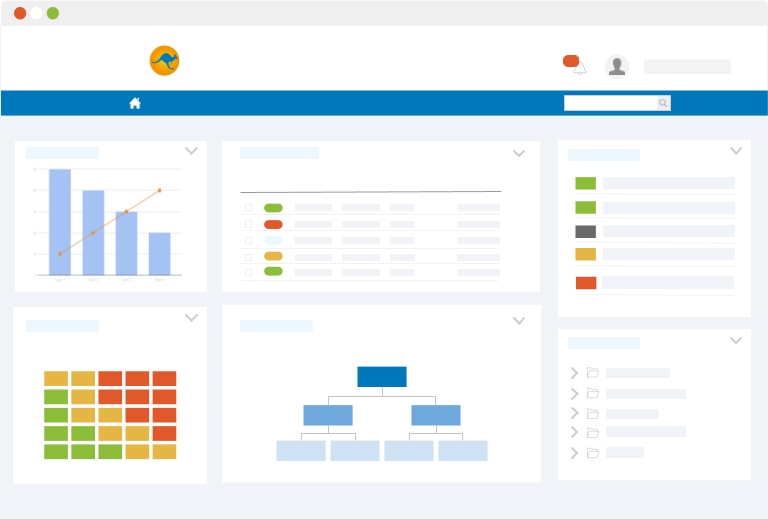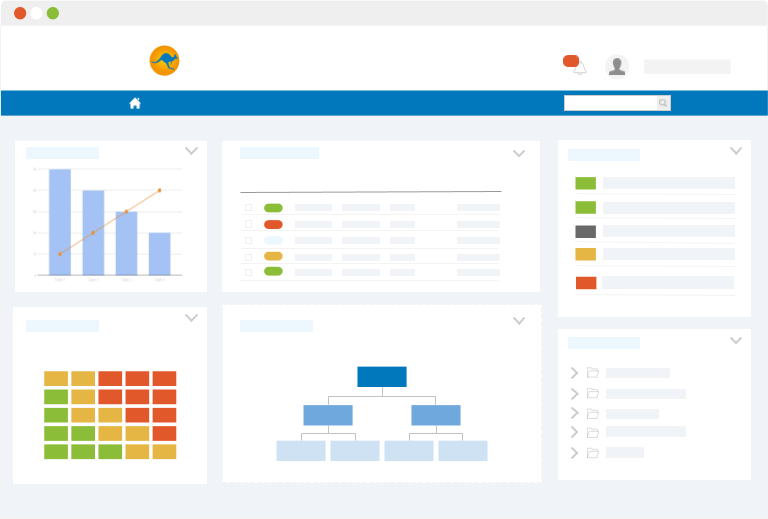Safety for ground operations is a key issue for air companies. The safety system is constantly evaluated by audits in order to guarantee high levels of safety. Here is an expert’s advice to better understand and organize your company’s safety management.
What is an SMS?
A Safety Management System (SMS) is a systematic, explicit and comprehensive process for managing safety risks. SMS integrates operational and technical systems with financial and human resources management, for all activities related to an air operator or an approved maintenance organization certificate.
What is the function of an SMS?
An SMS is a business-like approach to safety. Like all management systems, it involves defining objectives, planning and performance indicators. It focuses on organizational safety rather than conventional occupational health and safety concerns. A company’s SMS defines how it intends for aviation safety management to be conducted as an integral part of the company’s business management activities.
A company’s SMS is built into the very structure of an organization; it becomes a part of its culture and a part of how employees perform their duties.
Components of a safety management program.
Safety objectives
- Mission statement
- Security objectives
- Safety performance indicators
- Non-punitive disciplinary politics
| Objectives | Safety performance indicators |
| Business objectives: reduce costs | Reduce insurance rates |
| Safety Goal: Reduce number and severity of hangar incidents | Total number of eventsNumber of damage-only eventsNumber of near missesLessons learned from event analysisNumber of corrective action plans developed and implemented |
How to implement it?
To set up a SMS, it must be consistent with the other existing systems in the company, for example in connection with a QMS (quality management system). Also the fact that a SMS is used systematically in all departments or services of a company, it is essential to abolish the work in silos.
To do this through a single system and to meet the many requirements, an IMS (Integrated Management System) is the answer.
Who puts it in place?
Senior management must be committed to do everything in its power to improve safety. It is also important to have a system that values the input and responds to the contributions and ideas of all employees. To do so, all employees should have the opportunity to contribute to the development and implementation of the SMS.
How is it monitored?
Monitoring the performance of the SMS essentially involves continuous (real-time) collection of safety data. It is also used to ensure that key safety objectives are met.
The key people are:
Senior manager responsible for the SMS
The accountable executive’s role in the aviation SMS is the person ultimately responsible for the SMS. Each organization will have only one responsible.
SMS Safety Manager
The SMS Safety Manager’s role is of the safety management system’s steward. In addition to the Executive in charge, they have the most authority of the SMS.
Expert Conclusion:
The International Civil Aviation Organization’s (ICAO) Standards and Recommended Practices (SARPS) in Annex 6, Part 2, state that a SMS requirement must be incorporated into national safety regulations. Therefore they are fundamental!
There is no better than a professional tool to centralize your documents and monitor the implemented actions to comply with this regulation. It will allow you to associate the elements of proof and be well prepared for an audit!




